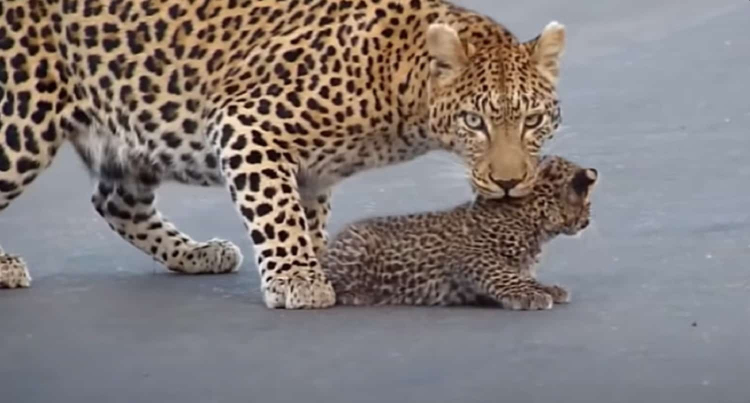
Part 2 in a 7-part series on the issue of abortion by veteran lecturer, teacher and academic Dr Johann McFarlane
See Part 1 Part 3 Part 4 Part 5 Part 6 Part 7
A conflict of ‘rights’
A woman’s right to choose and a foetus’s right to live, probably represent the most unequal, and unfair conflict of human rights in history. In the language of human rights such as “dignity”, “equality” and “responsibility”1, when we consider the way Jesus taught us about rights When we consider what Jesus taught us about rights, the first step in dealing with an unwanted pregnancy is to submit to either the mother’s or the foetus’s right.
In the case of a well-known South African pastor, Riekert Botha2, whose mother, a young university student, wanted to get rid of her unwanted pregnancy — i,e. to exercise her “right to choose” — her family doctor said: “Over my dead body”, when she requested an abortion.
A full version of this article is available free of copyright but with acknowledgement of the author, to those who send their names and e-mail addresses to me at johann@gcex.org
Because the doctor insisted on submitting to the right of the foetus to live, Riekert was born, adopted into a wonderful family, grew up as a healthy and well-cared-for son¸ became a pastor, and has an impact on the lives of many people — he also has a radio ministry.
The compassionate doctor went further and asked the university where the young woman was studying, to bring her exam forward, so that the birth could take place without her parents’ knowledge, thus avoiding a huge conflict in her home, especially with her father.
Springbok rugby captain Siya Kolisi’s mother, a 15 year-old learner, living in abject poverty, also submitted to his right to live (I assume against tremendous odds), and today her submission is being honoured across the globe.
Stott3 (18:195) quotes Gary Haugen former director of the United Nation’s genocide investigation in Rwanda saying: “The human rights activists of the nineties, however, are the children of a secular philosophy of moral relativism; multiculturalism; relativism and radical pluralism. Consequently, when push comes to shove in the new disorderly world of the next century, the international human rights movement may find it increasingly difficult to navigate its way without a moral compass, to avoid moral confusion, or to avoid being captured by the political fashion of the day. (See the “theology of the Gospel on the left”, vs the ‘theology of the gospel on the right” in par 6.6.)
Balancing rights and duties/responsibilities
Stott4 (18:204) quotes Solzhenitsyn in 1989 referring to the balance between human rights and human duties: “During the 300 years of Western Civilization, there has been a sweeping away of duties and an expansion of rights. But we have two lungs. You can’t breathe with just one lung and not with the other. We must avail ourselves of rights and duties in equal measure”.
Callahan5 (4:134) says: “As the most recent immigrants from non-personhood, feminists have traditionally fought for justice for themselves and the world. Women rally to feminism as a new and better way to live. Rejecting male aggression and destruction {but still feminists seek alternative, peaceful, ecological sensitive means to resolve conflicts while respecting human potentiality. It is a chilling inconsistency to see pro-choice feminists demanding continued access to assembly-line, technological methods of fetal killing – the vacuum aspirator, prostaglandins, and dilation and evacuation. It is a betrayal of feminism, which has built the struggle for justice on the bedrock of women’s empathy. After all, ‘maternal thinking’ receives its name from a mother’s unconditional acceptance and nurture of the dependent, immature life. It is difficult to develop concern for women, children, the poor and the dispossessed — and to care about peace- and at the same time ignore fetal life.”
Fromm:6118) says: “Motherly love is mercy and compassion (in Hebrew rachamim, the root which is rechem, the ‘womb’)”.

Recently, I saw a video clip recorded in the Kruger National Park, showing a mother leopard walking across the road in front of a couple of waiting cars (the tourists inside obviously unable to believe their luck in observing this rare scene!) with her two new-born cubs following her. The one little cub can’t continue, her legs simply folding in under her, and she starts to cry. Immediately; the mother, in no hurry at all, calmly returns, with her second child dutifully following her, picks up her wailing cub in her jaws, inspiring the following verse:
The leopard mother picks up her cub, and carries her in her jaws out of harm’s way Lord, you made her like that!’ The human mother, conceives her child, and caries her in her womb, into harm’s way. Lord what (caused her to do that?
- Stott, J. (2006:197). Issues facing Christians Today (4th Ed.). Zondervan. Grand Rapids.
- Personal Communication, 15 January 2020
- Stott, J. (2006:195). Issues facing Christians Today (4th Ed.). Zondervan. Grand Rapids.
- Ibid(204)
- Callahan, S. 1989. Abortion and the Sexual Agenda. In Baird, R. M., The Ethics of Abortion, 131-142
- Fromm, E. (1976:118) To Have or to Be? Continuum. New York






